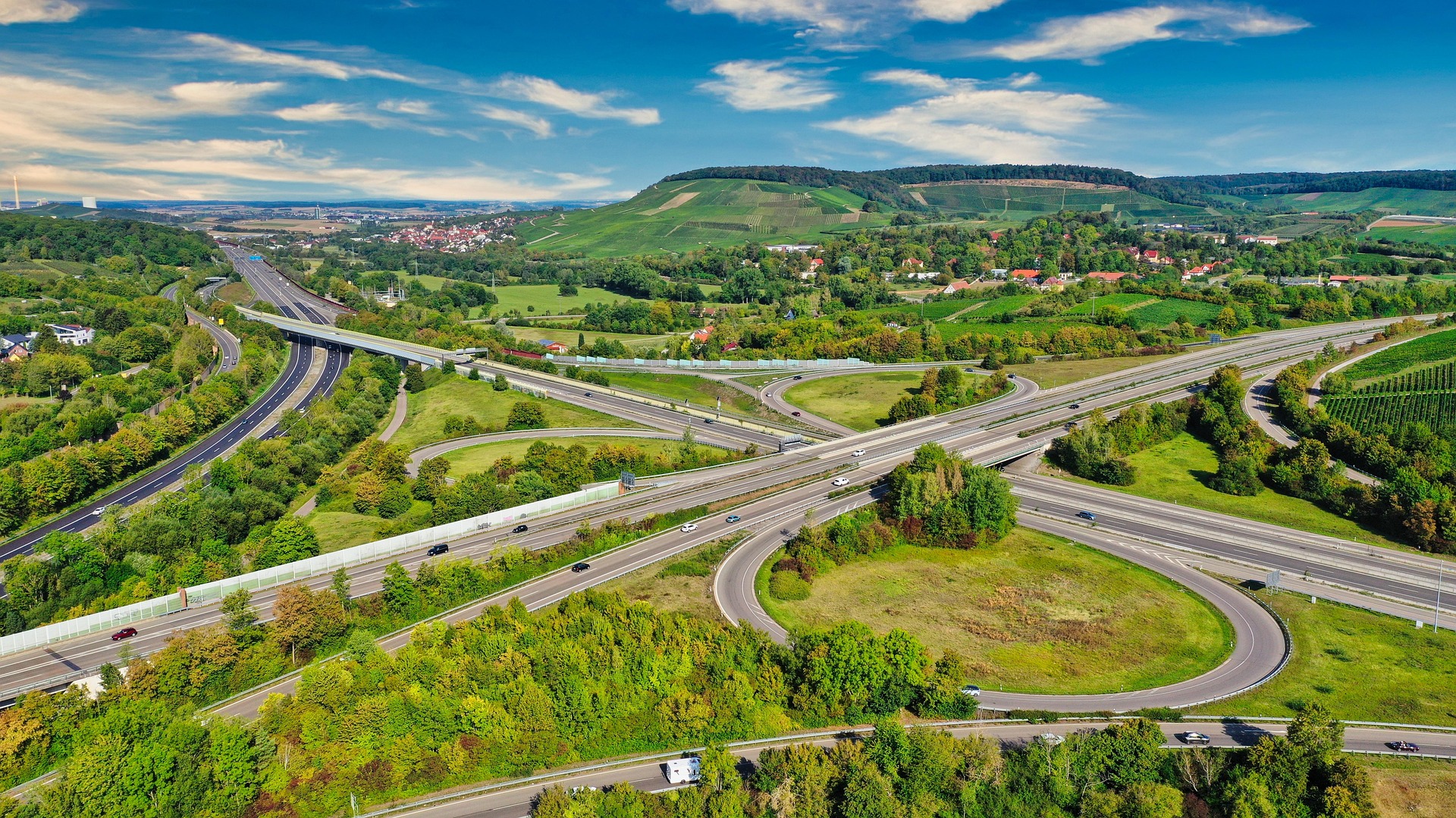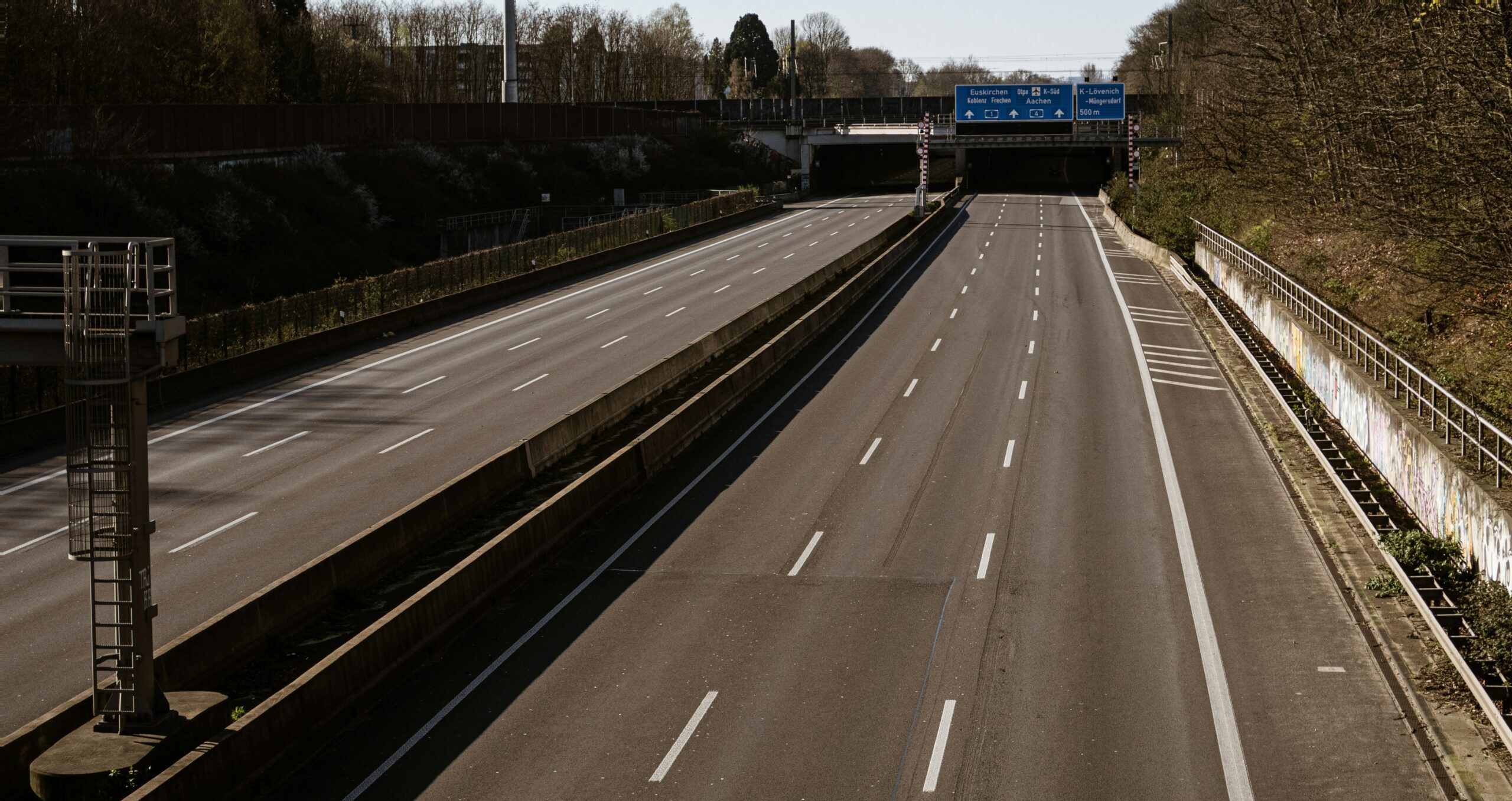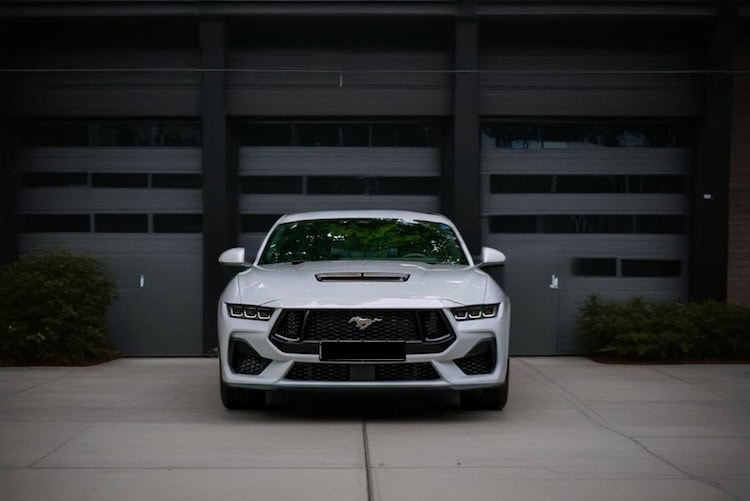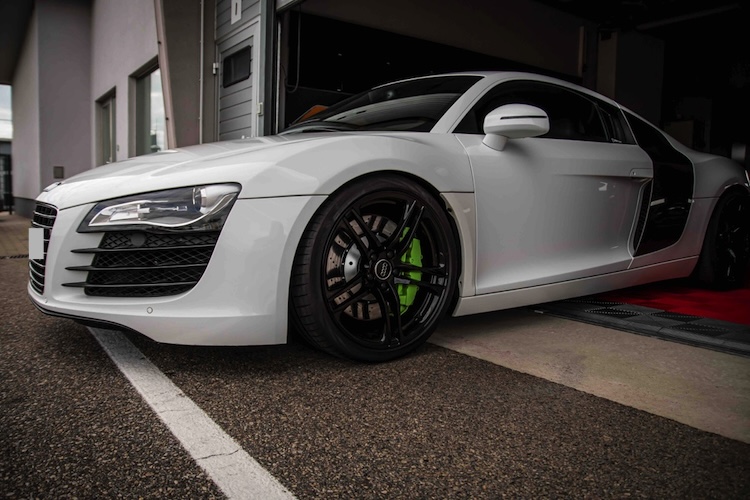The German Autobahn Road
The Autobahn road is a two-way road, with at least two lanes in each direction. The lanes are separated by concrete barriers or iron fences for safety. If a driver were to end up on the wrong side and drive against traffic, it would be considered a serious and life-threatening situation. Autobahns are designed for smooth, high-speed driving you won’t find sharp curves, sudden elevation changes, or intersections along the way. It’s also quite rare to see more than three lanes in one direction.
The first official Autobahn opened in Germany in 1932, connecting Bonn and Cologne. Known as the A555, this historic stretch still exists today. Back then, it was 20 kilometers long with a speed limit of just 12 km/h.
What Makes the Autobahn Road So Special?
German Autobahn road is one of the few places in the world where drivers can legally test the true limits of performance cars including powerful Mercedes-AMG models on the Autobahn . Large sections of the Autobahn have no official speed limit, making it a paradise for driving enthusiasts. But it’s not just about speed: the Autobahn is engineered for safety, with perfectly maintained road surfaces, gentle curves, and long sightlines designed for high-speed travel. Strict driving rules and disciplined lane usage also make it a unique driving environment. For many, cruising at 200+ km/h on the Autobahn road is a bucket-list experience a blend of German engineering, freedom, and adrenaline.

How Fast Can You Drive on the Autobahn Road?

The German Autobahn is one of the few road systems in the world where many stretches have no enforced speed limit. On these unlimited sections, you can legally drive as fast as your car is capable of with speeds over 200 km/h being common among performance vehicles. Approximately 60–70% of the Autobahn network offers these free-speed zones. However, about 30–40% of sections are regulated with posted speed limits between 80 km/h and 130 km/h, especially near urban areas, construction sites, and curves. A recommended speed of 130 km/h applies even on unlimited sections to encourage safe driving. Always watch for dynamic road signs, which may adjust limits based on traffic and weather conditions.
Autobahn Driving Rules
The German Autobahn is world-famous for its sections without speed limits — but that doesn’t mean you can drive without rules. Safe driving on these high-speed highways requires following key guidelines and respecting proper etiquette. By doing so, you’ll not only protect yourself and others but also help preserve the unique, efficient driving culture of the Autobahn.
If your car breaks down, pull safely into the emergency lane and place your warning triangle about 100 meters behind your vehicle. Emergency phones are available every 2 kilometers along the Autobahn. During traffic jams, you must create an emergency corridor (Rettungsgasse) to allow emergency vehicles to pass through.
Many sections of the Autobahn are unlimited, but in some areas — especially near cities, construction zones, or major intersections — speed limits do apply. These posted limits are mandatory, and violations can lead to fines. Pay attention to dynamic signs, which may change speed limits based on weather or traffic conditions.
The faster you drive, the longer your stopping distance. A simple rule: keep a distance of at least half your current speed in meters between your car and the vehicle ahead (for example, at 120 km/h, leave a 60-meter gap). Always adjust your distance for traffic flow and weather.
Drive the Autobahn in Style with Our Premium Collection
Some automotive enthusiasts visiting Germany might initially find the Autobahn underwhelming. In contrast to Miami’s expansive, bustling ten-lane highways, parts of the Autobahn can appear surprisingly open and calm. Yet, the real thrill comes from discovering that vast sections of this legendary road are entirely free of speed limits.
You may not have imagined the opportunity to experience the Autobahn behind the wheel of a supercar. Renowned as one of the few roads in the world without enforced speed restrictions, the Autobahn offers an unmatched driving adventure for those in search of luxury and adrenaline. Taking the wheel of supercars from brands such as Ferrari, Lamborghini, McLaren, or Porsche transforms your journey into an unforgettable experience—one that will stay with you long after the drive ends.

Ferrari F8 Tributo
Engine
3.9L V8 Twin-Turbo
Power
710 bhp
Acceleration
(0-100 km/h): 2.9 seconds
Top Speed
340 km/h (211 mph)

Lamborghini Huracan
Engine
5.2L Naturally Aspirated V10
Power
640 bhp
Acceleration
0 to 100 km/h in 3.1s
Top Speed
325 km/h

Ford Mustang
Engine
5.0L Naturally Aspirated V8
Power
486 bhp
Acceleration
0 to 100 km/h in 4.2s
Top Speed
250 km/h

Porsche 992 Carrera GTS
Engine
3.0L Twin-Turbo Flat-6
Power
473 bhp
Acceleration
0 to 100 km/h in 3.4s
Top Speed
311 km/h

AMG GT
Engine
4.0L V8 Biturbo
Power
467 bhp
Acceleration
0 to 100 km/h in 3.9s
Top Speed
310 km/h

Maserati
Engine
3.0L V6 Biturbo
Power
430 bhp
Acceleration
0 to 100 km/h in 4.5s
Top Speed
311 km/h

Audi R8
Engine
4.2L V8
Power
420 bhp
Acceleration
0 to 100 km/h in 3.2s
Top Speed
320 km/h

Mclaren
Engine
4.0L Twin-Turbo V8
Power
570 bhp
Acceleration
0 to 100 km/h in 3.4s
Top Speed
320 km/h
